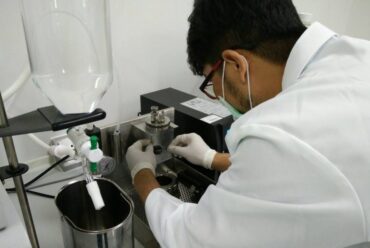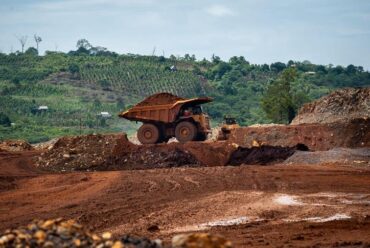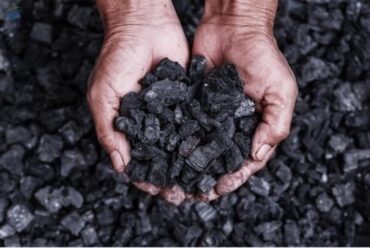Embracing the Future: Advancements in Oil and Gas Pipeline Inspections
In the dynamic world of the oil and gas industry, pipeline inspections play a pivotal role in ensuring the safety, integrity, and efficiency of the infrastructure. As technology continues to evolve, so do the methods and tools used in inspecting these critical pipelines. In this article, we will explore the future trends in oil and gas pipeline inspections and how these advancements are reshaping the industry.
The Rise of AI-Driven Inspections
In recent years, artificial intelligence (AI) has made significant strides in various sectors, and the field of pipeline inspections is no exception. AI-driven inspections offer a level of accuracy and efficiency that was previously unattainable.
Advanced algorithms can process vast amounts of data collected by sensors, drones, and other inspection tools, allowing for real-time analysis and decision-making. With AI, pipeline Inspection services can identify potential issues more proactively and prevent costly downtime.
Robotics and Drones Revolutionizing Inspections
Robotic and drone technologies have rapidly advanced, transforming the way oil and gas pipelines are inspected. These unmanned systems can access remote and challenging terrains, reducing the need for human intervention in hazardous areas.
Drones equipped with high-resolution cameras and sensors can capture detailed images and data, providing invaluable insights into the condition of the pipelines. Robotic crawlers, on the other hand, can navigate through pipelines to assess their structural integrity. This combination of robotics and drones revolutionizes the inspection process, making it more efficient and cost-effective.
Utilization of IoT for Real-Time Monitoring
The Internet of Things (IoT) is becoming increasingly prevalent in the oil and gas inspection companies. IoT devices can be deployed along the length of the pipelines to monitor various parameters such as temperature, pressure, and corrosion levels.
These devices continuously transmit data to a centralized system, allowing operators to monitor the pipeline’s health in real-time. By detecting anomalies promptly, oil and gas pipeline inspection companies can take immediate actions to prevent potential accidents or leaks.
Enhanced Data Analytics for Predictive Maintenance
With the abundance of data generated by modern inspection technologies, the significance of data analytics cannot be overlooked. Advanced data analytics tools can process and analyze inspection data, helping identify patterns and trends that might indicate impending issues.
By adopting predictive maintenance strategies, companies can schedule maintenance activities based on actual pipeline conditions rather than traditional time-based approaches. This proactive approach minimizes downtime and maximizes the lifespan of the pipelines.
Embracing Blockchain for Enhanced Security
As cybersecurity concerns escalate in the digital age, the oil and gas industry is exploring blockchain technology as a means of enhancing security in pipeline inspections. Blockchain’s decentralized and immutable nature can ensure that inspection data remains tamper-proof and transparent. This added layer of security safeguards the integrity of the inspection process, providing confidence to stakeholders and regulatory bodies.
Conclusion:
The future of oil and gas pipeline inspections is undoubtedly exciting, with technology taking center stage in reshaping the industry. AI-driven inspections, robotics, IoT, data analytics, and blockchain are just a few of the innovations transforming the way pipeline inspections are conducted. By embracing these advancements, oil and gas industry inspections can enhance safety, improve efficiency, and reduce operational costs. As the industry continues to evolve, staying at the forefront of these technological trends is essential for maintaining a competitive edge and ensuring the sustainable operation of critical oil and gas infrastructure.
read also: Steps in Making Indonesian Crude Palm Oil
As the oil and gas inspection companies embraces the future of pipeline inspections, it’s crucial for companies to partner with innovative and forward-thinking inspection providers. By leveraging AI, robotics, and other cutting-edge technologies, these companies can ensure the reliability and safety of their pipelines for years to come. Stay ahead of the curve and secure your pipeline’s future by collaborating with reputable oil and gas pipeline inspection companies that are leading the charge in industry advancements.







